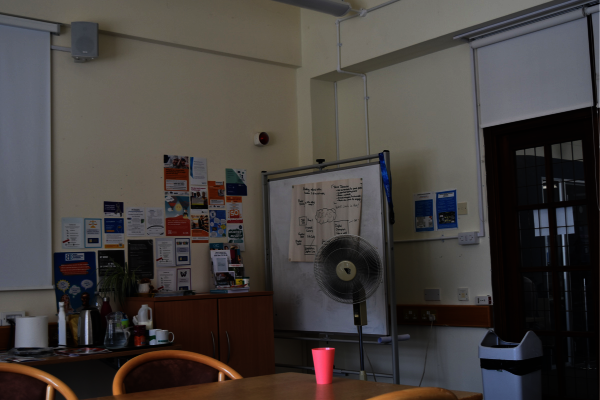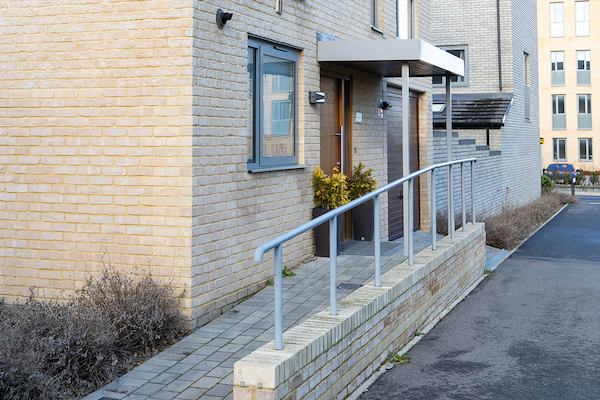How flexible retirement can be a win-win for employers and employees

This case study explores how Calderdale Council has been using a flexible retirement policy to give older employees more options as they approach the end of their career, while helping retain valuable experience and support career progression for younger workers.
Top tips:
- Position flexible retirement as a win-win for both employees and the organisation
- Promote the option actively, especially through regular internal engagement
- Use flexible retirement strategically for succession planning and service continuity
The challenge
Calderdale Council is committed to the benefits of a multigenerational workforce and signed the Age-friendly Employer Pledge to reinforce that internally and externally. They find it encourages managers to keep having career development conversations, regardless of an employee’s age, and it attracts older applicants. Overall, it supports the quality of conversations between managers and employees, which is essential when discussing an individual's needs.
However, having an older workforce – 33% of employees aged 55 or over – created a challenge when long-serving employees reached a point where full-time work was no longer right for them. The Council didn’t want to lose their expertise overnight and were unable to agree to the costs associated with voluntary early retirement (VER), which was the traditional route requested for those who wanted to leave before State Retirement Age.
That’s where flexible retirement came in.
How it works
The flexible retirement policy supports staff who want to reduce their hours and/or level of responsibility but continue to work when they are aged over 55. The aim is that employees can then graduate into retirement. At Calderdale Council, employees are able to access their West Yorkshire Pension Fund (WYPF) pension and lump sum while continuing to work for the Council. They receive a reduced salary based on their revised hours/role which helps them transition into full retirement on a smooth path rather than all at once.
The only stipulation is that the employee has to reduce either their hours or pay or both e.g. work part-time in their current capacity or move to a lower suitable vacant role or both.
Benefits for the employee
For the employee, flexible retirement offers better work-life balance and financial benefits. Not only can they access their pension (including lump sum) and continue to earn part-time, but they can also build up new entitlements to a further pension based on their reduced hours/salary and access this second pension when they eventually fully retire. This means they also retain all the pension protections of being a serving employee e.g. critical health retirement, ill health retirement or death in service, all of which are enhancements/insurance for the future. From a work-life balance, approaches like this allow for a more flexible approach to retirement and the personal, lifestyle choices that might need to be made to make the transition easier for the individual.
Benefits for the employer
For the employer, flexible retirement means that workers with essential skills and corporate knowledge can stay on and help mentor/train the next generation. And it often comes at little or no cost, unlike VER.
As Jackie Addison, Head of HR and OD, explains:
You share the cost with the employee. And because they’re still working – just less – you don’t face the same financial pressures as you do with early release.
Martin Allingham, former Health and Safety (H&S) Manager at the Council, provides an excellent example of the benefits in practice. After taking a permanent part-time role at a lower grade within the same team to enjoy a better work-life balance, he was able to transfer his skills to Lee Broadbent, the H&S Advisor, who became his successor, ensuring seamless continuity for the Council.
Considerations
Not every role is suitable for flexible retirement – particularly in front-line services where fixed staffing patterns are essential, yet employees request not to work on days when the council needs them on duty e.g. Mondays, Fridays or weekends. But Calderdale takes a pragmatic approach:
We work with staff to explore options, like changing workdays, and we’ll often trial an arrangement before refusing an application.
Jackie says.
A strong HR function is essential. Calderdale’s HR team works closely with WYPF to generate retirement estimates, advise employees and managers on options, and supports planning around cost and service needs.
Uptake
Flexible retirement was introduced in Calderdale in 2008. The early uptake was modest, but has steadily grown – to the point where, today, around 50% of people leaving the Council after age 55 are doing so through flexible retirement rather than VER.
A key driver of this growth has been demystifying the scheme by explaining it to eligible staff in good time before they make a decision.
If you're a council with an older workforce and tight budgets,” says Jackie, “this is a brilliant tool. You don’t have to lose your best people. And you can grow the next generation with the benefit of their support.
What can I do next?
- Draft a flexible retirement policy and consult with staff and unions
- Assess your workforce data to identify upcoming retirement trends
- Collaborate with your pension provider to manage cost and implementation



